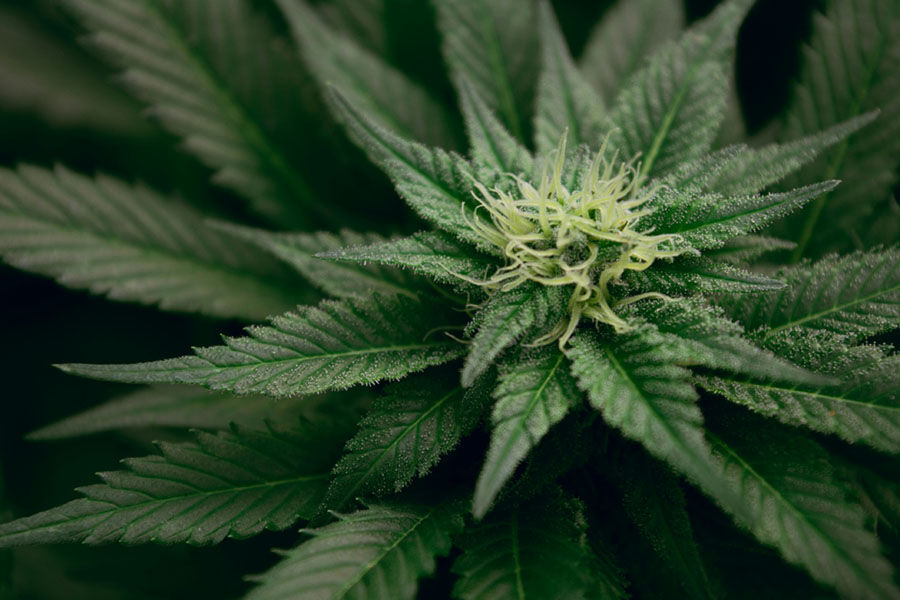Ohio’s Milestone: Recreational Use and Cultivation Legalized
Ohio has made headlines as one of the latest states to embrace cannabis reform, with voters approving Issue 2 in November 2023. The new law, which went into effect on January 1, 2024, legalized the recreational use of marijuana for adults aged 21 and older. This monumental decision marked a turning point for the Buckeye State, establishing it as a leader in the growing wave of cannabis legalization across the United States.
The Path to Legalization
Cannabis reform in Ohio began years before Issue 2’s passage, with the state legalizing medical marijuana in 2016. However, public sentiment increasingly leaned toward full legalization as residents recognized the economic and social benefits seen in other states. Grassroots campaigns and advocacy groups rallied support for the ballot initiative, emphasizing the revenue potential, job creation, and personal freedom associated with cannabis legalization.
The approval of Issue 2 was a decisive victory, with nearly 58% of voters in favor. The law not only legalized recreational use but also included provisions for home cultivation, allowing Ohioans to grow up to six plants for personal use, with a maximum of 12 plants per household.
Home Cultivation: A Step Toward Accessibility
One of the most celebrated aspects of Ohio’s cannabis law is its inclusion of home cultivation rights. Adults 21 and older can now grow marijuana plants at home for personal use. This provision ensures greater accessibility to cannabis, particularly for individuals who may face financial or geographical barriers to purchasing it from licensed dispensaries.
Home cultivation is subject to regulations to promote safety and compliance. For instance, plants must be grown in a secure, enclosed space out of public view. Additionally, the law prohibits the sale of homegrown cannabis to others, maintaining a clear distinction between personal use and commercial distribution.
Economic Benefits and Job Creation
The legalization of recreational cannabis is expected to bring substantial economic benefits to Ohio. Licensed dispensaries began selling recreational cannabis on August 6, 2024, contributing to a booming market that is projected to generate millions in annual tax revenue. These funds are earmarked for public programs, including education, infrastructure, and addiction treatment services.
In addition to tax revenue, the cannabis industry is creating jobs across the state. From cultivation and processing facilities to retail dispensaries, thousands of Ohioans are finding employment opportunities in this rapidly expanding sector. The industry is also fostering entrepreneurship, with many small businesses entering the market to meet the growing demand.
Social Impacts and Expungement Efforts
Legalization has also had a profound social impact in Ohio. The law includes provisions for expunging prior marijuana-related convictions, offering a fresh start for individuals who were penalized under outdated cannabis laws. This measure addresses the disproportionate impact of cannabis prohibition on marginalized communities and contributes to greater social equity.
Furthermore, the legalization of recreational cannabis has shifted public attitudes toward marijuana use, reducing stigma and promoting responsible consumption.
Looking Ahead
Ohio’s decision to legalize recreational cannabis and home cultivation represents a significant step forward for the state. By prioritizing accessibility, economic growth, and social equity, Ohio has positioned itself as a trailblazer in cannabis reform. As the program continues to evolve, the Buckeye State stands as a model for how legalization can benefit both individuals and communities, paving the way for a more inclusive and prosperous future.





